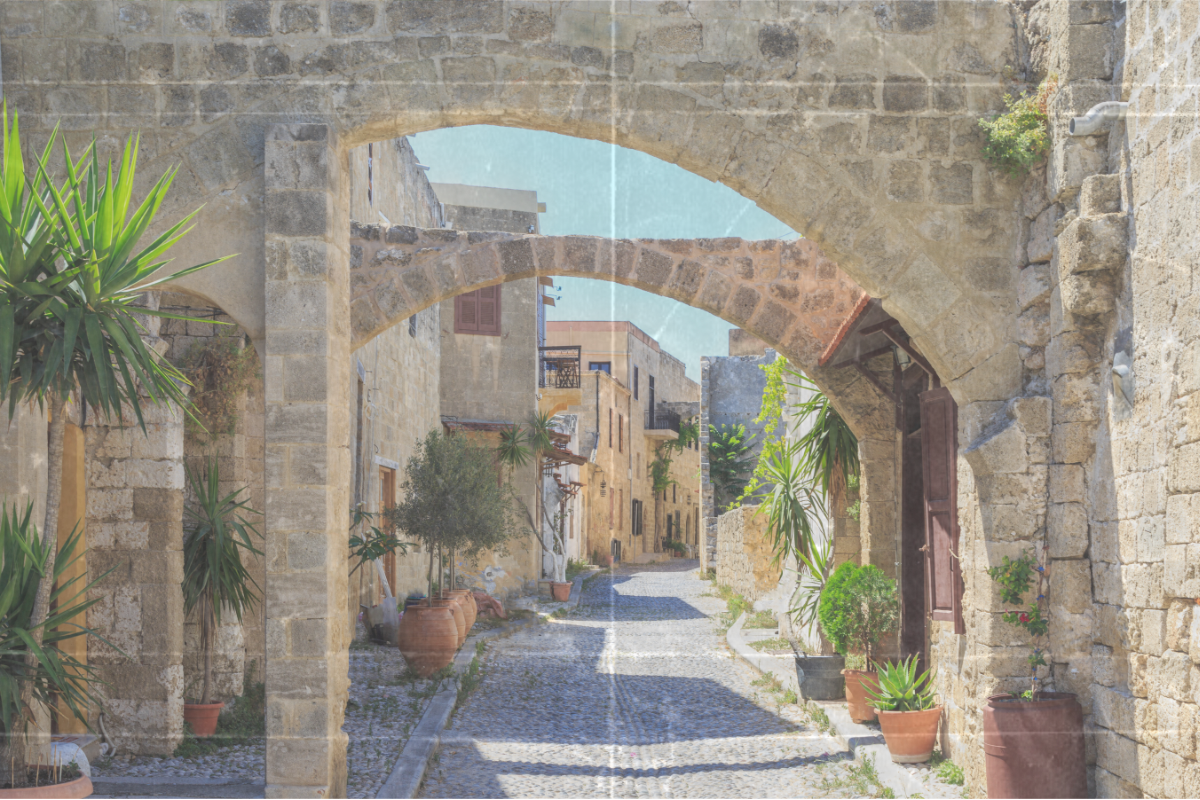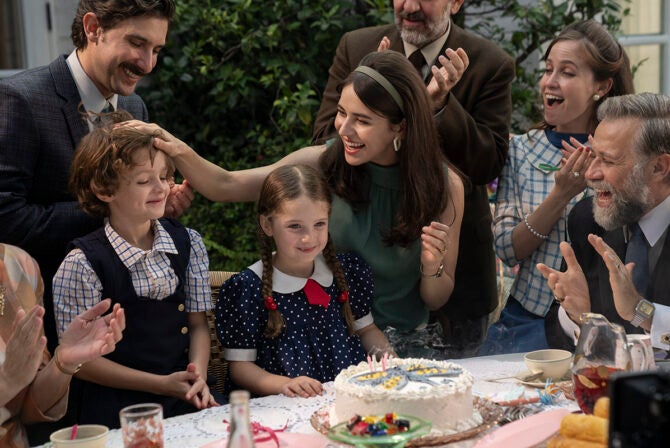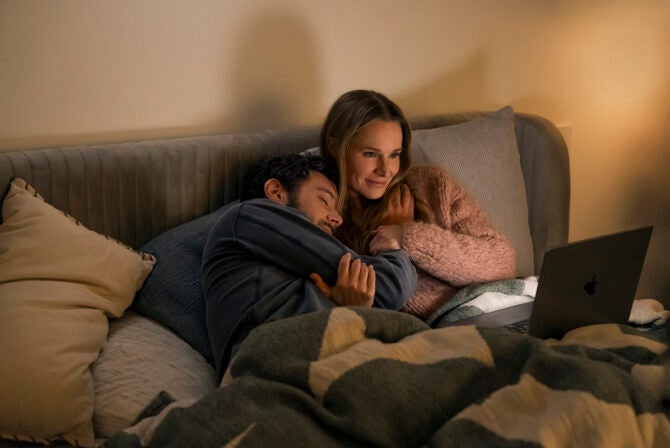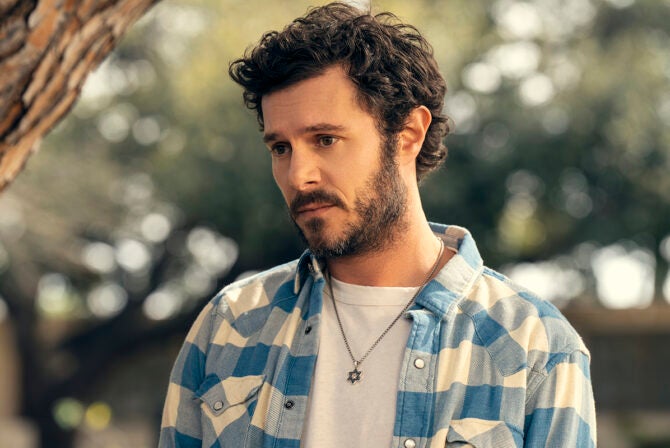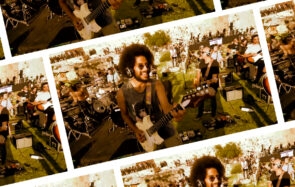I stepped onto the tarmac and was greeted by the warm sun shining down on the Island of Rhodos for the first time. I vividly remember the smell of the ocean and I knew immediately that I loved this island.
In Greek mythology, Rhodos was a wife of the sun god Helios. Pindar, the poet, tells the story of Helios who claimed the new island which had yet to rise from the sea. For me, the great-grandaughter of Marie Franco and Esther and Isaac Cadranel, who called this island home, I claimed the new island which had yet to rise in my sea of consciousness.
Although I was several generations removed from my family’s connection to Rhodos, their history came to life before my eyes as I walked through the cobblestone streets with my mother, landing at her grandmother’s doorstep. It had been over 40 years since she had visited the island and seen the pomegranate tree still growing in the backyard as a young child.
Walking the streets of Rhodos, you would never notice the Hebrew etchings on the walled city’s arches, some of the only lasting remnants of a thriving Ladino-speaking Jewish community. One that at its peak was home to 5,000 Jews, four synagogues, Italian and French schools and a yeshiva. The Jewish community made up a quarter of the town’s population. The story of the Jews of Rhodes is a tragic one, like that of many Jewish communities in Europe.
Although my great-grandparents left for Africa just years before World War II, their family was not so lucky. Nor was my grandmother’s cousin Sami Modiano, now 94 years old and a Holocaust survivor. He returns back to the island every summer to tell his story. Sami and his family were taken from Rhodes to Auschwitz when he was 13 years old. He had his bar mitzvah in the camps and miraculously celebrated a second bar mitzvah in his childhood synagogue much later on in life – an experience he was robbed of at a young age.
On my visit, he greets us at Kahal Shalom Synagogue, originally built in 1575 in the Jewish quarter, which is called “la djuderia” in Ladino. As he shows me the tattoo on his arm, number B7454, the scars of Auschwitz that he bears to this day, he tells me in French, “It’s your responsibility to tell my story.”
Sami remembers my great-grandparents and he takes us up the street to show us where they lived. When his mother wanted peace and quiet, she would send Sami to my Nona Marie’s mother, Mercada, for a sweet treat and say “tene me aki,” in Ladino, meaning “keep me here.” Patiently, he would sit and wait and then finally, Mercada would give him something sweet and send him on his way home. Later, we learn that Mercada was taken with Sami to Auschwitz and died in the camps.
Sami takes us first to my grandmother Marie’s house, and then across the street, he points to Esther’s house. We do a double take. “Your great-grandparents lived across the road from each other.” Little did they know, they would both move to the Congo, where their children would be born and raised, and eventually married. He tells us in Ladino, “todos avlamos el ladino. Todos eramos amigos i komo hermanos in la djuderia.” They all spoke Ladino in the Jewish quarter and it was a tight-knit community where friends were like family.
A day later, we head back into the old city looking to eat a delicious meal of dolmades. The Fates had it decreed that we run into Sami and his wife Selma strolling through the outdoor markets just steps away from the Jewish quarter. We were thrilled because we hadn’t had the chance to say goodbye the day before. When we turned to leave, he held my face with both his hands and looked at me right in the eyes. He said, “Tu m’as promis” – “you promised me.” I said, “Je t’ai promis,” – “I promised.”
